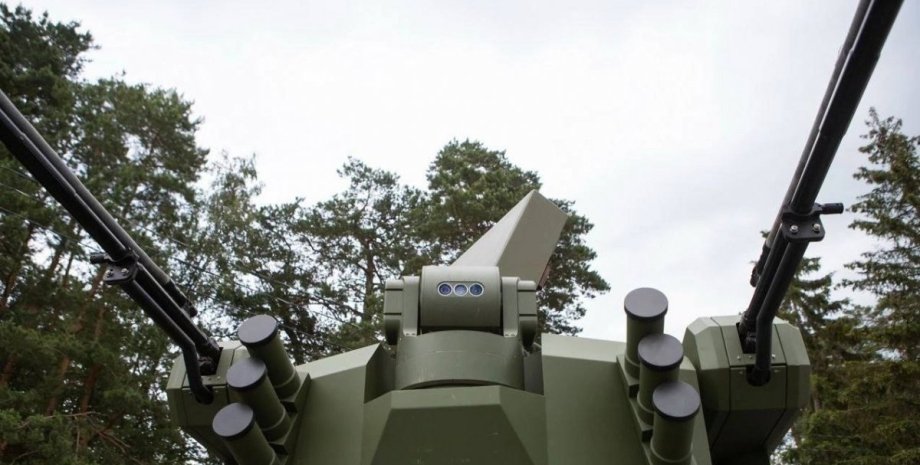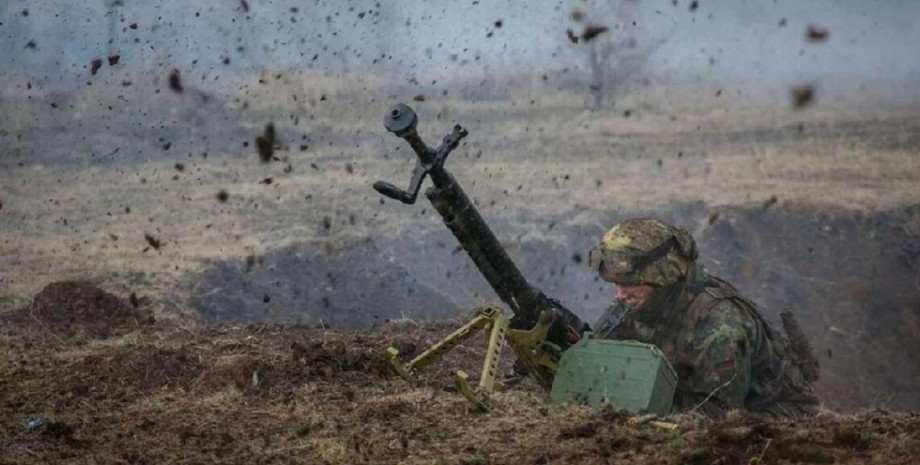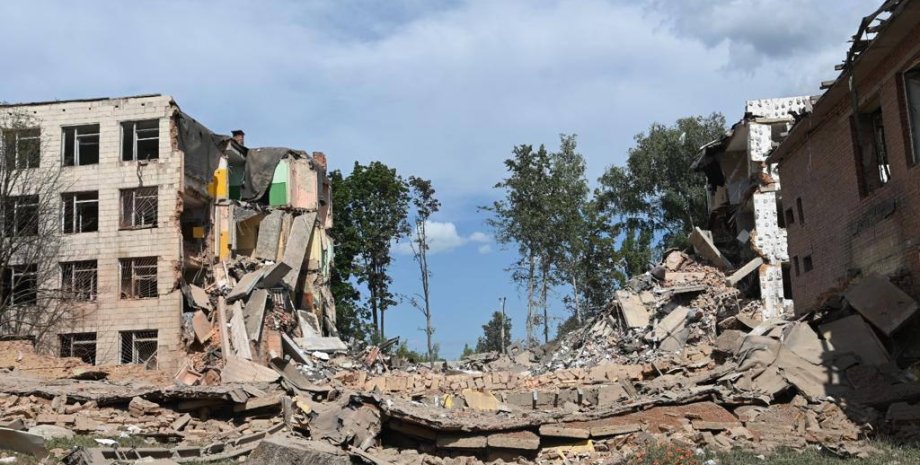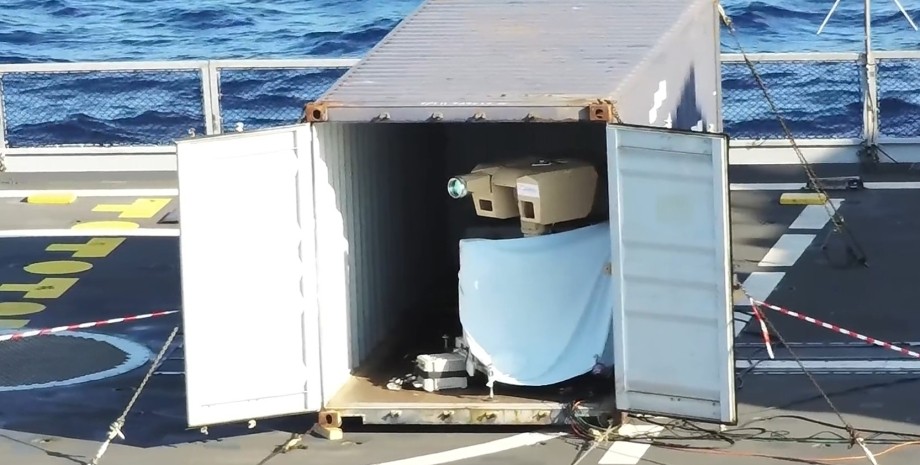
 By Natali Moss
By Natali Moss
The creation of a new Neptune modification testifies to the development of national MIC and the ability of Ukraine to independently create high -precision weapons. This is stated in Army Recognition. The new rocket gives the Armed Forces of Ukraine the opportunity to strike outside the front lines on infrastructure, energy and command and management facilities located deep on the territory of the enemy, which causes the opponent to redistribute the resources of air defense.
The published description states that the rocket housing is extended to about 6 m and the diameter was increased to approximately 500 mm, with the developers abandoned the removable accelerator in the basic configuration. The engine remains a compact turbouoable unit for a steady permutative cruising flight; A solid fuel starting accelerator is used to start.
The rockets are located in the sealed launches on heavy trucks, and control and recharge machines are distributed at different positions to increase the survival of the complex. Navigation and guidance combine an inertial system with satellite updates and make it possible to program low -percent routes with the extortion of radar zones. Adapted avionic and seeker retain the ability to impress both sea and land stationary goals. At the same time, accuracy parameters are not officially disclosed.
The emergence of "Neptune-D" fundamentally changes the operational calculations of impact: range of about 1000 km and heavier combat part indicates that fixed objects of deep rear-railway nodes, transformer substations, air defense management units and defense-industrial enterprises-are under a real threat.
As a result, the enemy will have to redistribute limited resources of long-range systems (including C-300 and C-400), shifting them from the direct defense areas of the front in the direction of covering important infrastructure units, which complicates operational planning and weakens the cover density in other sectors.
In addition, Neptune-D is able to use displaced entry trajectories: the volleys can be performed on pre-programmed routes with areas specially selected for passing through the joints between the radar zones. This tactic reduces the time of interaction of enemy air defense. The main characteristics of the Neptune-D missile recall, in early October, Ukroboronprom released the detailed parameters of the Neptune-D rocket and the Drone "An-196 February".










All rights reserved IN-Ukraine.info - 2022